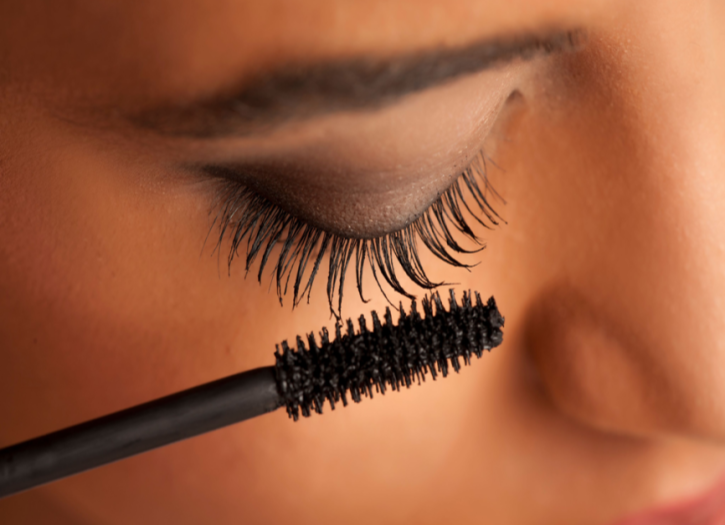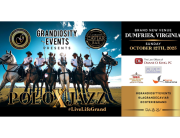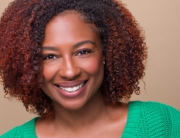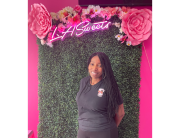Mascara is a cosmetic commonly used to enhance the upper and lower eyelashes. It may darken, thicken, lengthen, and/or define the eyelashes. Normally in one of three forms—liquid, powder, or cream.The most common form of mascara is a liquid in a tube with an application brush.
Records from around 4000 BC refer to a substance called kohl that was used to darken eyelashes, eyelids, and eyebrows. Kohl was used to mask the eyes, believed to ward off evil spirits and protect the soul, by both men and women. Often composed of galena; malachite; and charcoal or soot, crocodile stool; honey; and water was added to keep the kohl from running. Through Egypt’s influence, kohl usage persisted in the subsequent Babylonian, Greek and Roman empires.
During the Victorian era, social opinion shifted radically towards the promotion of cosmetics, and women were known to spend a majority of their day occupied with beauty regimens. Great efforts were made to create the illusion of long, dark eyelashes. Attempting this, Victorian women made a type of mascara in their own homes.They would heat a mixture of ash or lampblack and elderberry juice on a plate and apply the heated mixture to their eyelashes.The product that people would recognize as mascara today did not develop until the 19th century. The mascara developed by these two men consisted of petroleum jelly and coal in a set ratio.
The events leading to Rubinstein’s improvement began in Paris in the early 20th century. There, at the fashion capital of the world, mascara was quickly gaining popularity and common usage. Elizabeth Arden and Helena Rubinstein, two giants in the American beauty industry, watched and kept abreast of its development. After the First World War, American consumers became eager for new products. Sensing an opportunity, both Rubinstein and Arden launched their own brands of cosmetics that included mascara. Through the efforts of these two rivals and public temperament, mascara finally gained respectability and favor in American society.
The invention of the photograph and motion picture launched mascara’s popularity and usage further forward in America. Motion pictures especially advertised a new standard of beauty and sex appeal. Famous actresses of the classic cinema era, such as Theda Bara, Pola Negri, Clara Bow, Greta Garbo, Marlene Dietrich, Bette Davis, and Jean Harlow, depended heavily upon mascara for their glamorized appearances, which the average woman sought to mimic.Years later in 1957, Rubinstein created a formula that evolved mascara from a hard cake into a lotion-based cream. She packaged the new mascara in a tube to be sold with a brush. For use, the cream was squeezed onto the brush and applied to lashes.
Products containing kohl, kajal, surma,are illegal color additives in the United States as defined by the Federal Food, Drug and Cosmetic Act.If not cleaned properly, mascara can deposit itself under the conjunctiva in form of black lumps.







Add Comment
You must be logged in to post a comment.